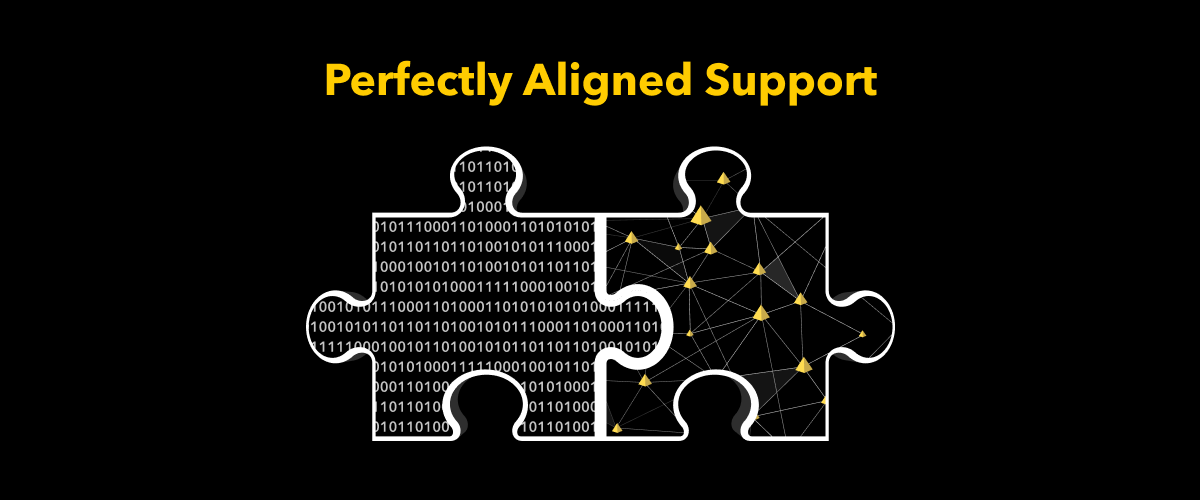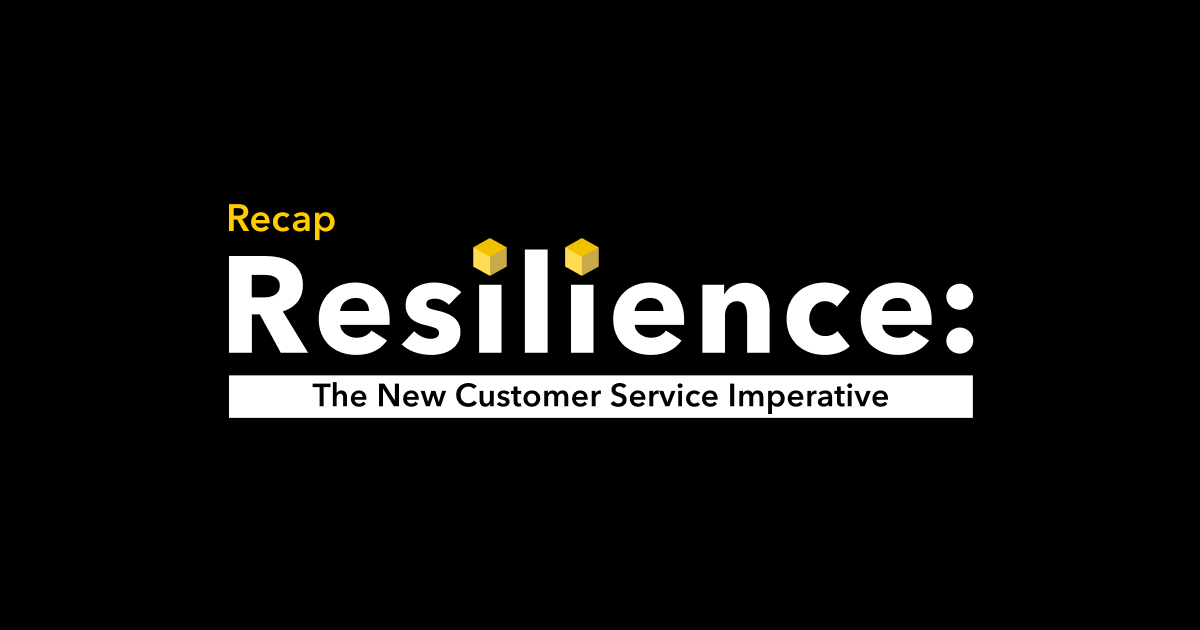(Editor’s note: The following excerpt was originally written by our team as an introduction to Forrester’s report, “The Three Customer Service Megatrends In 2021: Post-Pandemic Customer Service Excellence.”)
As Directly CEO Mike de la Cruz recently wrote, “COVID-19 has been jarring to all facets of business, but perhaps no function has been more disrupted than customer support.” The pandemic, especially in the early days, pushed legacy customer service teams and systems to the breaking point. For the many CX organizations that relied heavily on brick-and-mortar call centers, COVID-19 slammed the doors shut — leaving anxious and frustrated customers without answers.
As we move beyond the pandemic, AI-powered technology will play an important and influential role in how we move forward. In a recent report, “The Three Customer Service Megatrends In 2021: Post-Pandemic Customer Service Excellence,” Forrester has identified “AI-Fueled Digital Experiences Underpin Great Customer Service” as one of three customer service megatrends of 2021, and that 81% of organizations are prioritizing investing in digital experience technology over the next 12 months.
[DOWNLOAD FULL REPORT]
Equally important to technology, as the Forrester report notes, will be investing in alternative (human) labor models that are more flexible — and scalable. Because when times are tough, we still need knowledgeable and empathetic (human) experts to serve at the core of our customer service systems.
Why look for alternative labor models?
The idea of a geographic “contact center” was already losing its relevance when COVID-19 suddenly forced many brick-and-mortar centers to shut their doors. Some companies had geographically diversified call centers — but in a global pandemic, there’s no amount of geographic diversification that helps.
The customer service industry needs to follow other knowledge worker professions by supporting a labor model that isn’t bound to physical centers. With the pandemic serving as an unrelenting forcing point, many companies and BPOs quickly mobilized thousands of agents from brick-and-mortar call centers to work at home.
A remote, work-from-home workforce and a decentralized contact center is a start. However, companies also need a more dynamic approach to using human agents and expertise. Hiring seasonal and part-time workers can help internal call centers and BPOs increase resources during seasonal peaks. However, a fixed number of agents (regardless of where they are working) simply can’t respond during unexpected surges caused by a market disruption, like a pandemic.
To be truly resilient, companies need a scalable network of “on-call” agents — resources that can be available on-demand, along with the diverse and deep expertise that can only come through the crowd.
The benefits of an on-demand customer service model
While businesses are exploring new labor models, workers are also demanding them. Interest in gig and freelance work has increased during the pandemic, as health concerns and shelter-in-place mandates have shifted worker priorities away from traditional full-time employment.
For businesses seeking to augment their customer service resources, tapping into an on-demand workforce offers the following benefits:
Talent — 68% of gig workers attended college, according to the U.S. Bureau of Labor Statistics. Meanwhile, most contact center jobs typically require only a high school education.
Specialized knowledge, little training — Within the crowd, companies can find and tap technical specialists who use their products and services — and deeply understand them, unlike most trained contact center agents. There’s very little training required for these experts because they already have accumulated a wealth of knowledge on their own.
Pay for performance — Paying on-demand experts to resolve customer issues — and ensuring business outcomes — is much more efficient to the bottom line than buying time or renting seats in a BPO. You pay for outcomes as you need them, not for someone’s time whether you need it or not.
Scale/flexibility — An on-demand customer service model has the flexibility to withstand an unplanned surge. You can’t train more contact center agents to handle an unexpected surge that’s happening now. However, you can activate a pre-vetted expert network in a matter of minutes.
Resilience: The new customer service imperative
The customer service industry has always been very metric-driven. It will continue to be, as it should. However, there was no benchmark for COVID-19. We can’t really compare how our systems and people performed against any other period. It challenged many of our customer service organizations in ways we couldn’t imagine.
“Emerging stronger and leaner from the pandemic will require you to reimagine your current strategy and long-term investments in digitization, AI, and automation,” the Forrester report states. “And it will demand a focus on operational agility and resilience to quickly adapt to the unexpected.”
We know that we must be better for the next disruption — because we need to be there for our customers when they need us most. We need more resilient customer service systems — via improved technology AND more flexible labor models.
About Forrester’s report
The COVID-19 pandemic has elevated the importance of customer service to nurture customers, retain and increase their loyalty, and grow revenue. Customer service leaders are also accelerating modernization strategies that were already underway within their enterprises — the value of which will extend far beyond the current circumstances. “The Three Customer Service Megatrends In 2021: Post-Pandemic Customer Service Excellence,” reveals the top three trends that customer service leaders must pay attention to during 2021.
How Directly can help
Directly delivers world-class customer service for leading Fortune 500 brands. Captive and outsourced contact center models increasingly can’t keep up with customer service demands, while self-service is only effective at resolving simple contacts. With Directly, we help you troubleshoot a wide range of technical issues using on-demand experts and best-in-class AI technology. Customers like Microsoft, Samsung, and Airbnb partner with Directly to reduce contact center volume up to 40%, boost CSAT up to 20%, and save millions per year. Schedule a demo today.



